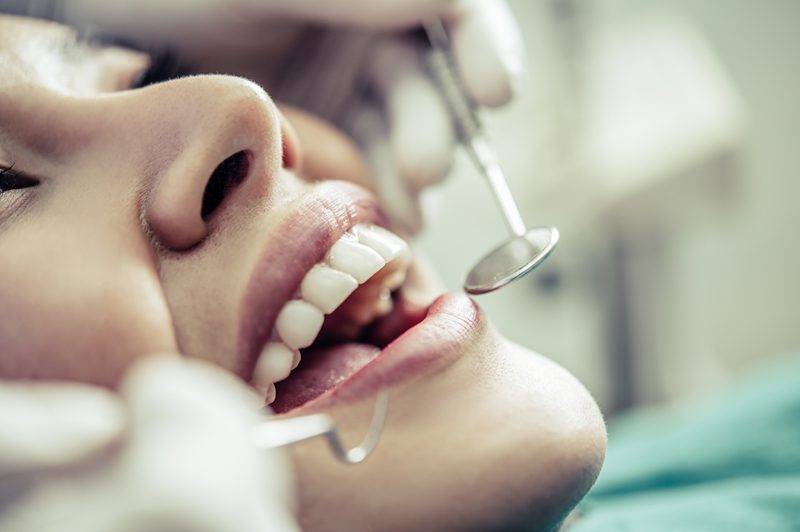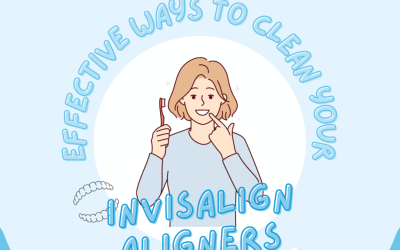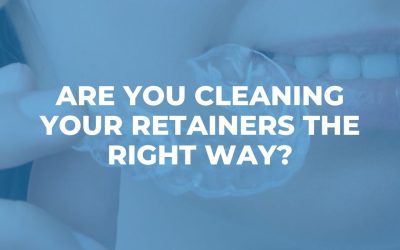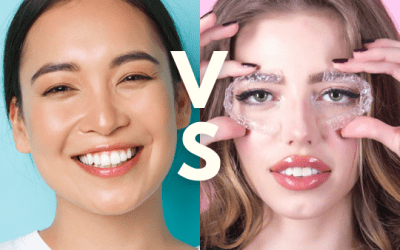Can dental crowns be whitened?
Help! My natural teeth and crowns don’t match.
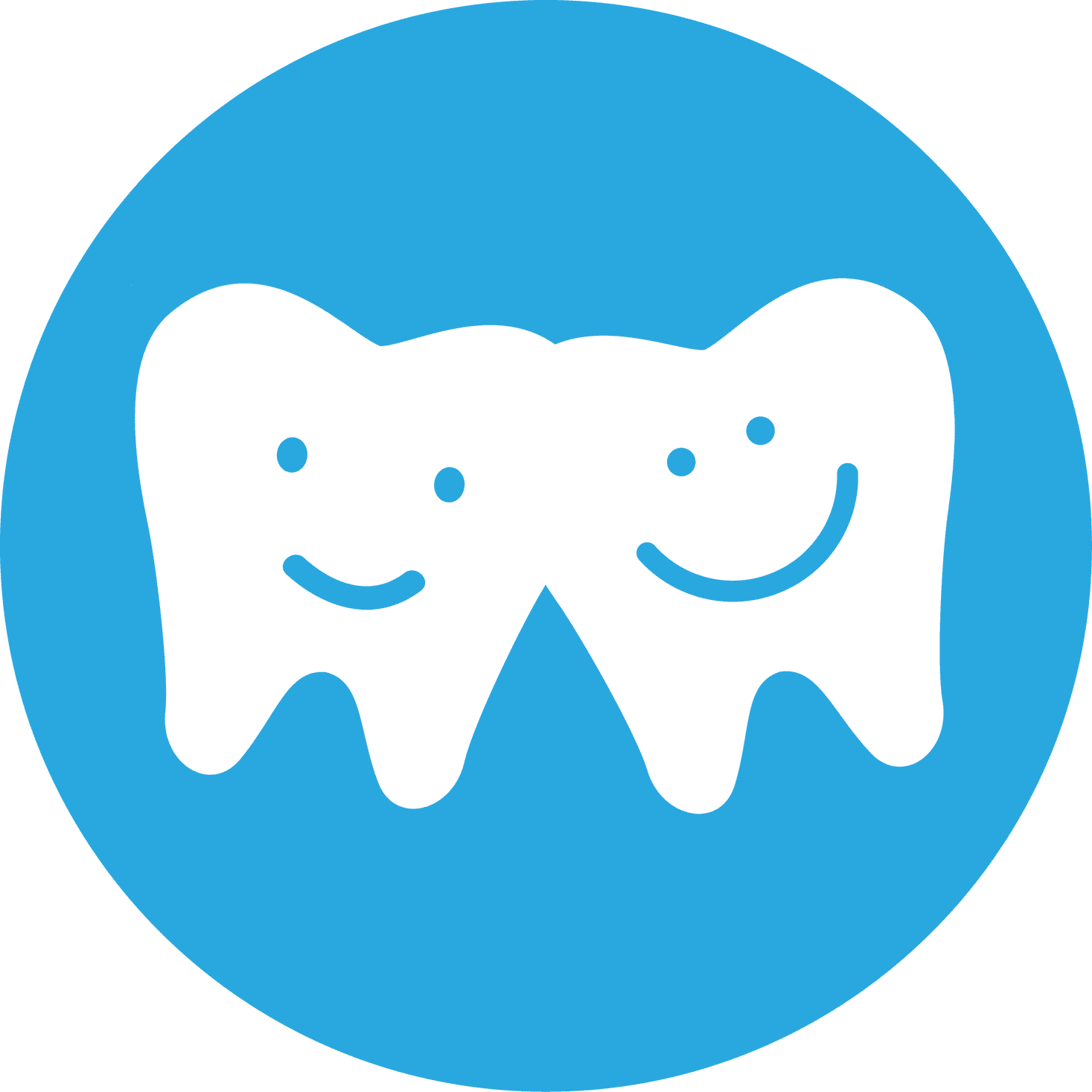
Written by NoFrills Dental
This dental article has been curated by the clinical team @ NoFrills Dental 🙂
September 18, 2021
“Doctor, help! Why are my dental crowns not the same colour as my teeth anymore! I’ve recently just come to notice it and it is so unsightly!”
Just like our natural teeth, dental crowns can also show signs of discolouration. They can happen for many reasons and may hold back your smile from reaching its full potential. In this article, we discuss the main causes of crown discolouration and will delve briefly into the possibility of dental crown whitening. Read on more to find out!
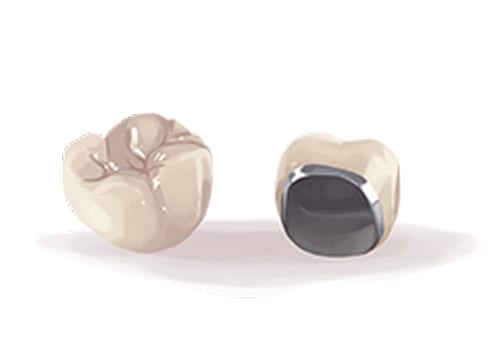
What is a Dental Crown?
Crowns are fixed restorations that covers tooth surfaces above the gum line. They replace the outer part of the tooth and are primarily used to preserve the integrity of extensively filled or broken-down teeth.
The choice of material for a dental crown are as follows:
- Full gold,
- Metal Ceramic (half metal and half ceramic),
- Full ceramic (e.g. porcelain or zirconia),
- Composite
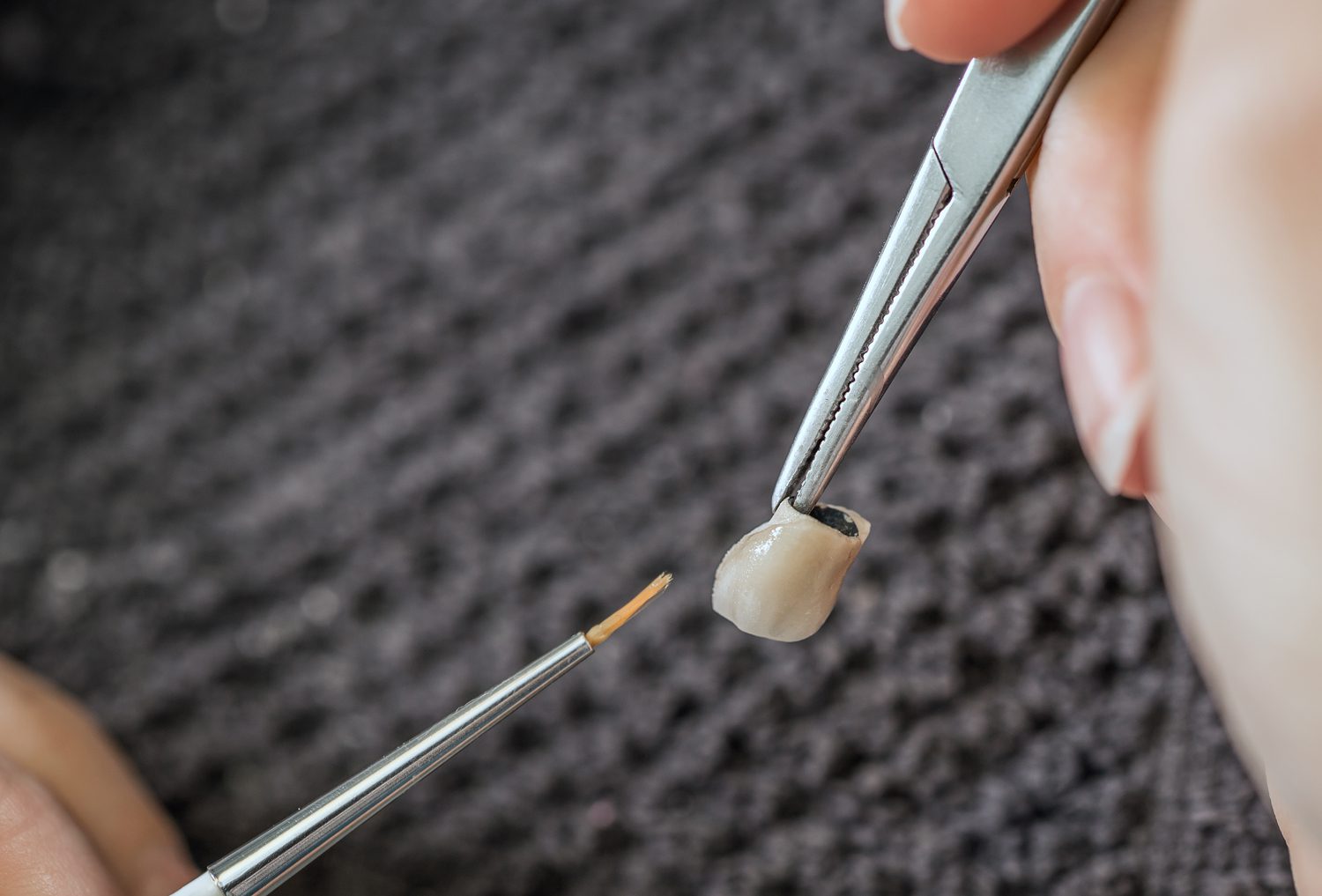
How does Teeth Whitening work?
We all want a set of pearly whites, don’t we? Tooth whitening has become one of the most sought-after dental procedures requested by patients in many dental clinics around Singapore. Having a pleasant and non-discoloured smile can improve your appearance and boost your self-confidence. So… how exactly does tooth whitening work?
Tooth whitening is a simple and straightforward process. The main constituent of whitening products is hydrogen peroxide and carbamide peroxide. These compounds bleach the chromogens in your dentine (the substances capable of causing your teeth to stain and discolour), thereby reducing the body colour of your tooth. Hydrogen and carbamide peroxide are often used in combination with an activating agent such as heat and/or light [1].
The most common types of whitening options are:
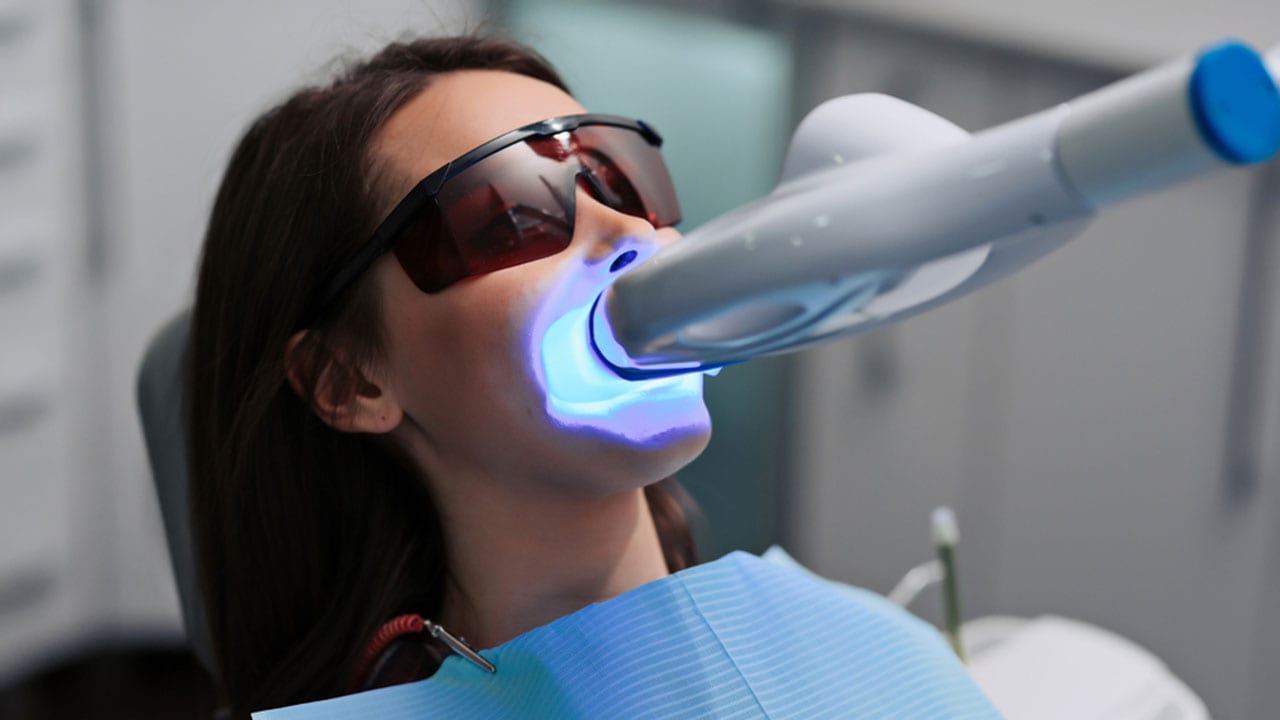
In-Office Whitening
A rubber sheet (or dam) is placed over your teeth to protect your gums and soft tissues and your cheeks will be retracted for better access to your teeth.
Hydrogen peroxide/carbamide peroxide bleaching gel is applied onto the teeth and kept on for 15-30 minutes. It is then washed off, dried and a fresh layer of gel is placed for another 15-30 minutes. This process is repeated till the desired result is obtained [2].
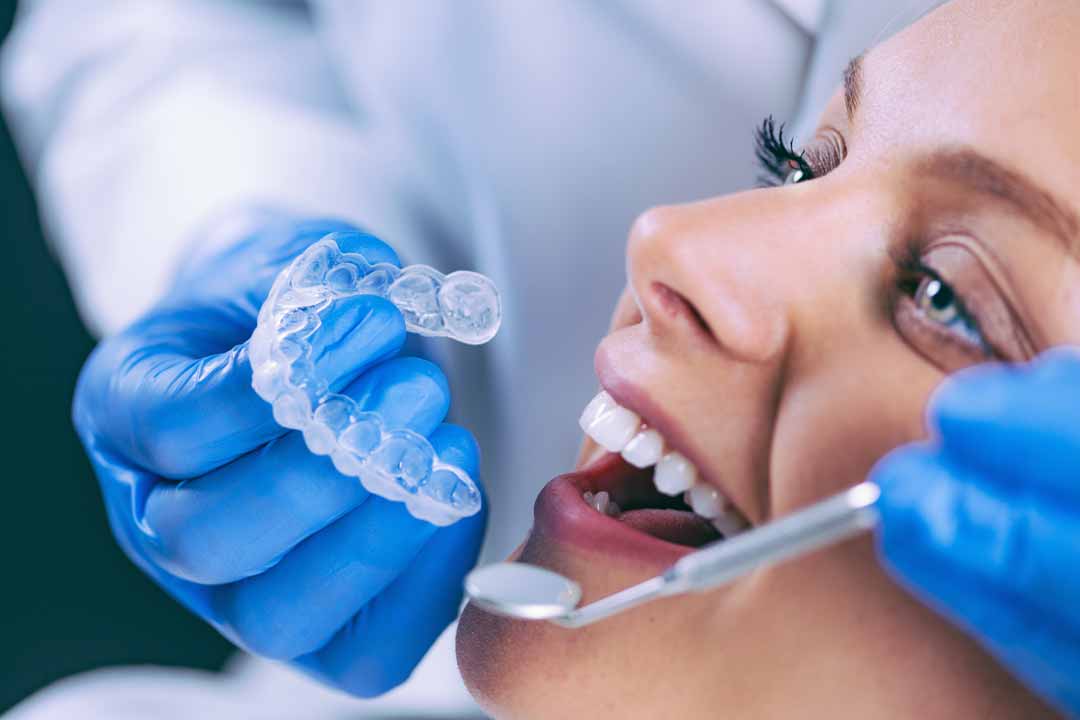
Take Home Bleaching Kit
Your dentist will take a couple of impressions of your teeth to produce a set of custom trays. A small amount of whitening gel is dispensed into the trays using a gel syringe and inserted into your mouth. The length of time you keep the trays in varies according to the percentage of gel you are using [2].
Whitening chemicals are very safe – the gel breaks down into water and oxygen. Patients often experience slight post-operative sensitivity following whitening. We can assure you that this is temporary, and it causes no changes or damage to your teeth.
So… can I whiten my dental crowns?
Traditional whitening treatments do not work on crowns, veneers, implant crowns or dentures. Whitening solutions only work on intact tooth structure and are not able to pass through any type of porcelain, metals or zirconia [3].
Fortunately, porcelain restorations are highly resistant to stains. However, they may pick up some staining over time if you consume large amounts of tea, coffee, red wine and are a heavy smoker. The tannins in these beverages, as well as nicotine in cigarettes will not only discolour your crowns but can also stain your teeth an unsightly yellowish-brown over a relatively short period of time [4].
If you have had porcelain crowns in your mouth for a couple of years, it is unlikely that you will need a replacement unless they crack or fail. These restorations maintain their colour indefinitely so discolouration will not be one of your concerns!
Your dentist plays an important role in making sure that the shade of your tooth-coloured crown matches closely with the rest of your teeth in your mouth. The lab will fabricate your crowns according to the dentist’s shade prescription. During the final appointment, they will ensure that you are happy with the shade and fit of the crown before cementing it permanently onto the tooth.
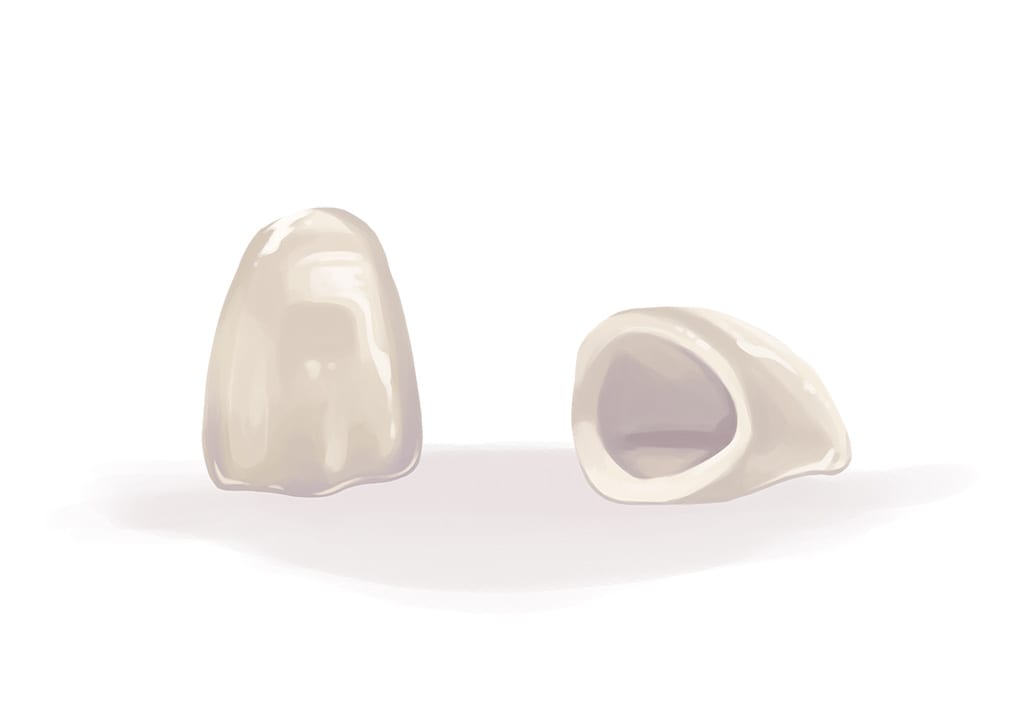
Do porcelain crowns and gold crowns require special care? What is the best way to care for my crowns?
A crown needs as much maintenance and care as your teeth in the rest of your dentition!
The junction where the prepared tooth and gums meet is called the crown margin. Your crown is fitted over this margin and sealed into place with cement. Once the tooth is drilled into, this margin is never fully closed and acts as a plaque and debris trap if not looked after properly.
The lifespan of your crown depends on your dental hygiene and oral habits. It is so important to floss below your gum line and brush them on all surfaces at the margin. This makes the tooth plaque free, preventing bacteria from entering the insides of the crown and dissolving away the cement. Good oral hygiene and regular dental checkups will prolong the longevity of your crown.
Are the stains on your porcelain crown really bothering you? Fret not! Porcelain crowns can be professionally polished with superfine diamond grit polishing paste. Just a little note to be weary of the type of polishing paste used on these crowns. Some may be very aggressive and can break down the glaze and make the crowns more susceptible to staining.
Conclusion
We hope that this article gives you a better idea on the process of tooth whitening and how to care for your porcelain crown to minimize as much staining as possible! You can always rely on your dentist for your 6-monthly checkups, cleans and oral hygiene advice. Don’t forget to book your appointment to see them today!

References
- Tredwin C, Naik S, Lewis N, Scully C. Hydrogen peroxide tooth-whitening (bleaching) products: Review of adverse effects and safety issues. Br Dent J. 2006;200(7):371-376. doi:10.1038/sj.bdj.4813423
- Tooth Whitening – From MouthHealthy.org. Mouthhealthy.org. https://www.mouthhealthy.org/en/az-topics/w/whitening. Accessed September 12, 2021.
- Daou E. The Zirconia Ceramic: Strengths and Weaknesses. Open Dent J. 2014;8(1):33-42. doi:10.2174/1874210601408010033
- Watts A, Addy M. Tooth discolouration and staining: a review of the literature. Br Dent J. 2001;190(6):309-316. doi:10.1038/sj.bdj.4800959
“
Looking to get started on your brand new & improved smile? Speak to our dentists today!
Our team of experienced dentists are fully dedicated to providing patients with high-quality and affordable dental care. Our dentists are well-versed in the cosmetic dentistry, and highly adept in producing highly aesthetic and long lasting results for all of our patients.
Schedule an appointment
We’ll get back to you within 24 hours.
Our Dental Clinics
We are conveniently located at these locations:
NoFrills Dental @ Suntec City
3 Temasek Boulevard
Suntec City (North Wing)
#03-317
Singapore 038983
NoFrills Dental @ Marina Square
6 Raffles Boulevard,
Marina Square,
#B1-11
Singapore 039594
Related Posts
Effective ways to clean your Invisalign Aligners
The advanced technology of Invisalign aligners has made them a hugely popular alternative to braces for straightening teeth, among teens and adults alike.
These clear plastic appliances are more comfortable and virtually unnoticeable in the mouth, and have the further advantage of removability for brushing and flossing and meals and snacks. And they can fix less complex orthodontic problems up to twice as fast as braces.
How to Clean Retainers: For Removable and Permanent Retainers
Retainers sit inside of your mouth and come into direct contact with your teeth. Bacteria, plaque and tartar can quickly accumulate inside of your retainers if they’re not cleaned properly and regularly. Just like your regular teeth, it’s important to clean your retainers everyday.
ClearCorrect vs Invisalign
In this article, we compare two popular clear aligner companies: Invisalign and ClearCorrect. They are two of the most renown in-office clear aligner companies that boast a strong track record of results. Both sets of aligners aim to straighten misaligned teeth and correct jaw discrepancies, however, the process to getting to an ideal end result (i.e., straight teeth and aligned jaws) varies slightly.
